5.1 Tailoring discussion objects to Evidence Cafés
Evidence Cafés use discussion objects, to enable two-way sharing between context boundaries. They are tailored to the research topic, that trigger meaning making, and they allow the equitable sharing of evidence between different contexts and ways of understanding the world. This is particularly valuable for us, as it allows us to break down challenges and competing motivations/bias within migration. Discussion objects, if well designed, can allow every voice to be heard and ensure that there are contributions from all perspectives, regardless of perceptions of status and rank.
 Activity 5.1 Personal experiences of discussion objects
Activity 5.1 Personal experiences of discussion objects
Read the discussion section on discussion and
Make some notes in the box below about your understanding of discussion object in your experiences or your local contexts.
Discussion
Below are two examples of discussion objects (presented in Unit 1) that have been used in an Evidence Café. You can see in these images how the object has supported sharing understanding. The images also show how different
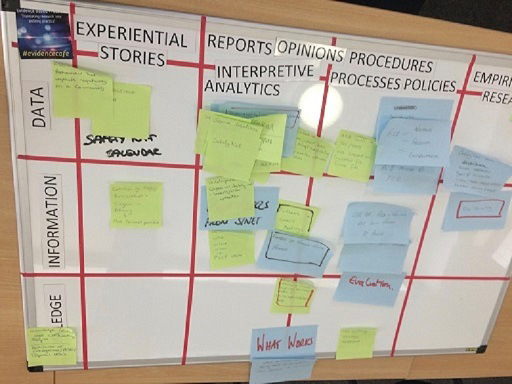
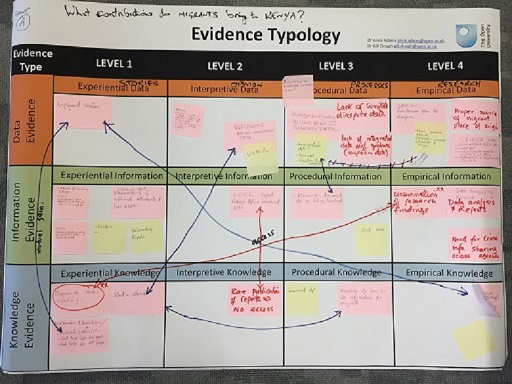
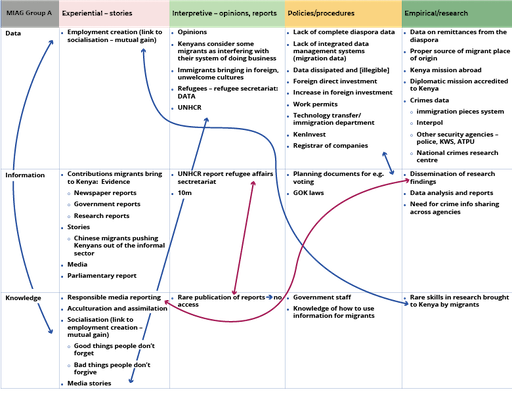
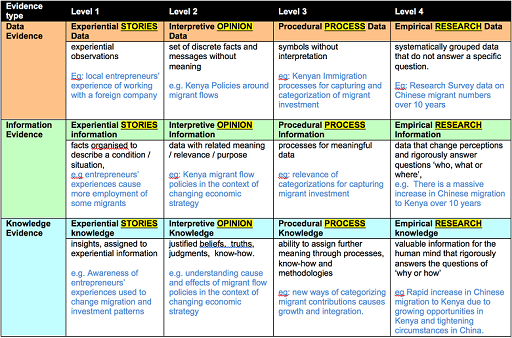
You can see in these photos from Evidence Cafés that a discussion object involves the participants in discussion and in the active engagement with writing on the discussion object through post-it notes, drawing lines between the notes, etc. Frequently participants stand up to engage with the object and discuss it around the table. This is not a passive process.
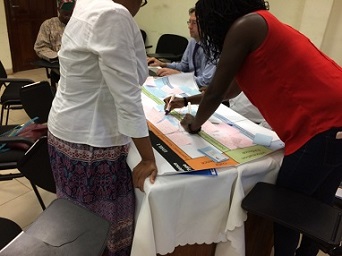 | 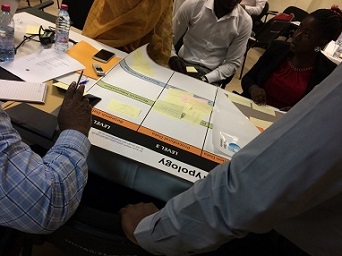 |
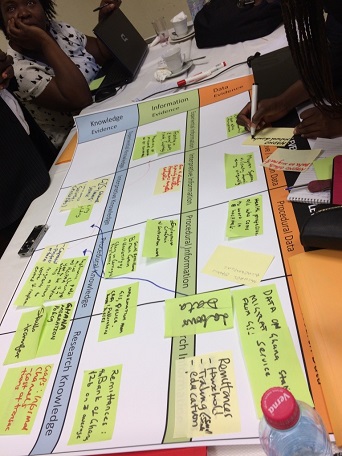 | 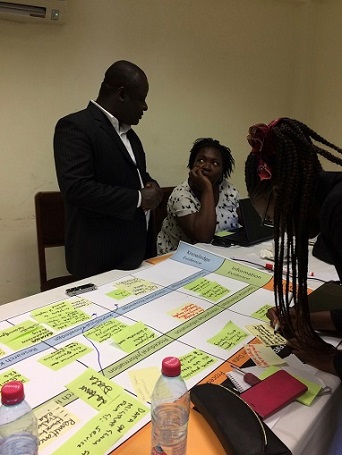 |
Introduction
